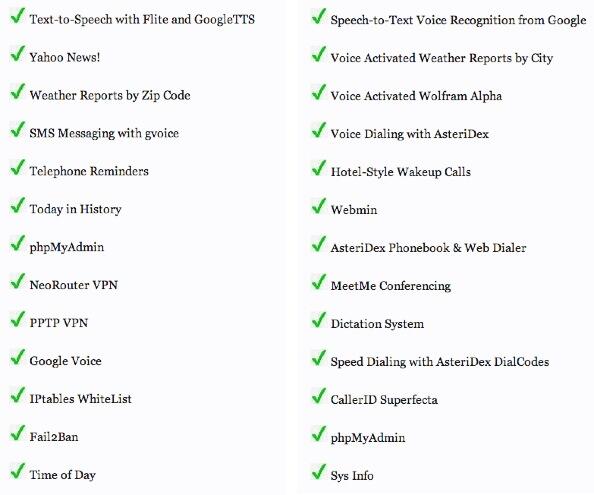VoIP Navigation Guide: Getting Started with Asterisk and FreePBX
#200335385-001 / gettyimages.com When you were just getting started with Asterisk® in the early days, you had two choices: hire a consultant to build you an Asterisk system or start with Asterisk@Home and learn it yourself. That was a disaster for many folks. Times have changed, and there are literally dozens of aggregations and platforms from which to choose. But the question we continue to hear is "What’s the best way to get started?" Today’s VoIP Navigation Guide will help… Read More ›



